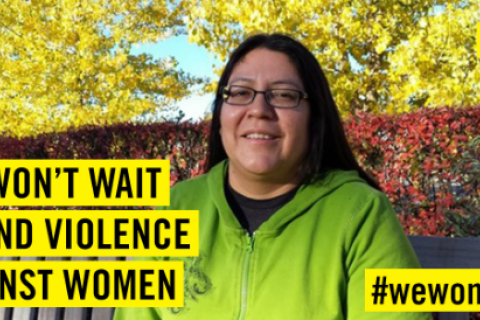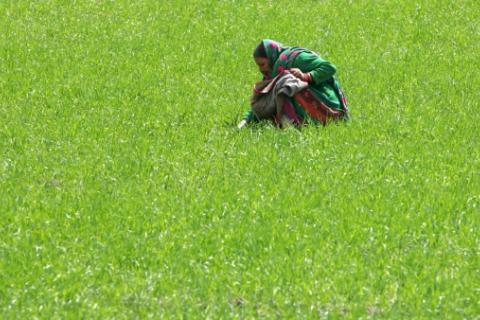Afganistán
Displaying 1 - 4 of 4
2 Marzo 2021
By SARAH ELIZABETH ANTOS, MOHAMMAD ZIA, and ENRIQUE PANTOJA
Originally available at World Bank blogs
This blog is available in English, Dari, and Pashto
(Main photo: Through the Afghanistan Land Administration Project (ALASP) the government of Afghanistan has started distributing property…
14 Febrero 2021
By R.K. Lembke
originally posted here
Peace is possible in Afghanistan, but it has to be by the terms of the average, rural, Muslim, Afghan tribesman. They represent the majority of the Afghan population. Taliban, U.S., and Government of the Islamic Republic of Afghanistan (GIRoA) empathy and…
By Rachel Crome, Digital editor at Amnesty International
If there’s one thing we learned from January’s historic Women’s March, it’s that women are fed up of waiting. More than 3 million people – of all genders – marched worldwide for women’s rights, spurred on by US President Donald Trump’s…
By Gayle Tzemach Lemmon and Becky Allen, Council on Foreign Relations (CFR)
On paper, the law is clear: men and women enjoy equal property rights under Afghanistan's 2004 constitution. But on-the-ground reality says otherwise as a combination of tradition and customary laws keep most Afghan…




